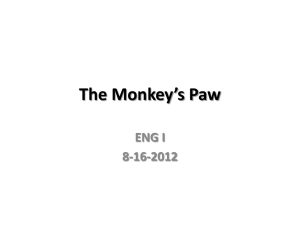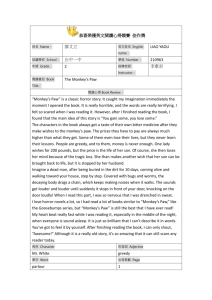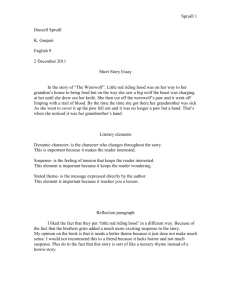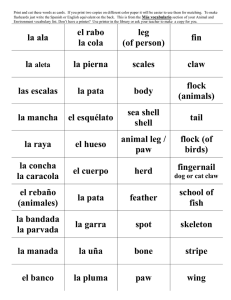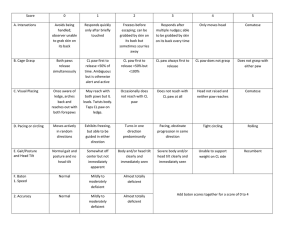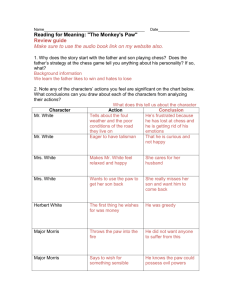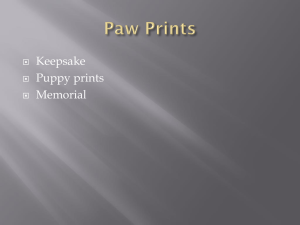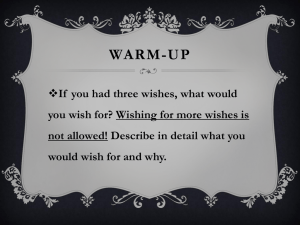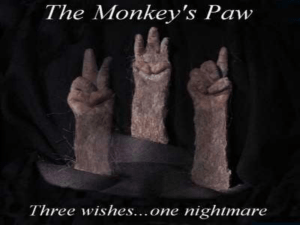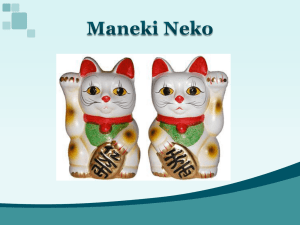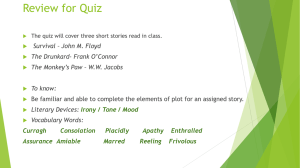Post Acute Withdrawl (PAW)
advertisement
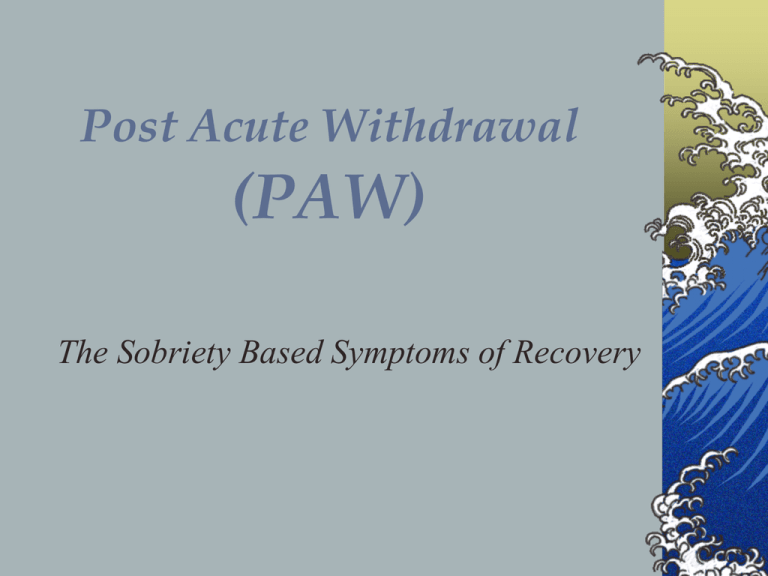
Post Acute Withdrawal (PAW) The Sobriety Based Symptoms of Recovery PAW- What is it? PAW is the symptoms/things that people experience after they stop using alcohol or other drugs. They are usually experienced after 7-14 days.--after the early withdrawal. May vary with different drugs. They are usually worst 3-6 months into recovery They usually last from 6 months to 2 years Let’s take a closer look What things did you experience during your using days? What happens when you stop using—especially during the first one or two weeks? This is typically the Acute Withdrawal time. The Brain is impacted long after this first few days after you stop using. If people don’t understand these symptoms, that can increase the chance of relapse. But the more you know about them, the better you can learn to deal with them. Two Things to Remember 1. The damage to the brain is usually reversible—things will get better—there is no need to fear. 2. With a good recovery program and not using alcohol or other substance, your brain can get back in balance. We’re going to do two things in the next few minutes: Get a chance to know what these PAW symptoms are-And more importantly, we’re going to look at the tools you can use to deal with these symptoms. Now Let’s look at the PAW Symptoms: Inability to think clearly Memory Problems Emotional Overreaction or Numbness Sleep Disturbances Physical Coordination Problems Oversensitivity to Stress Thinking Problems Have a hard time concentrating/paying attention. Having rigid, repetitive thinking. Difficulty dealing with non-concrete (abstract) concepts or ideas. Memory Problems Short term memory: Hear something and understand it, and 20 minutes later you can’t remember it. Long term memory: Sometimes,under stress, can’t remember important events from the past. They aren’t gone, just forgotten for the moment. Emotional Problems Over-reaction to situations-everything becomes a “big deal.” When the stress gets too great, tend to “shut down”— become emotionally numb. Sleep Problems Unusual or disturbing dreams. Hard to fall asleep. Difficulty staying asleep. Restless sleep; don’t feel rested when you awake. Changes in sleeping/awake cycles. Physical Coordination Problems Trouble with balance Dizziness Poor eye/hand coordination. Clumsiness Accident Prone Slow reflexes Difficulty dealing with Stress Can’t recognize stress at low levels. Over-react when stress is recognized. May do things inappropriate for the situation. Other PAW symptoms become worse under stress. No wonder I have a hard time getting along You may feel— Embarrassed Filled with Shame Feel inadequate or “less than others” OK, Show me how to deal with this….. Managing the Symptoms You can manage the symptoms so they: Become less frequent Are less severe Last shorter periods of time. Here are some of the recovery tools you’ll need to use. 1.Get regular feedback from those you trust: Therapy group Professional counselor/doctor Self-help group Sponsor Need reality checks. 2. Verbalize: Need to talk about what your experiencing. But talk to people who are not going to accuse, criticize, or minimize. It helps your awareness of symptoms. And More Recovery Tools 3. Ventilate : with “safe people” talk about what you’re thinking and feeling even if it seems irrational. Be open to helpful feedback. 4. Reality Testing: Ask someone you trust if you are making sense—not just what you are saying, but also your behavior. And More Recovery Tools 5. Problem Solving and Goal Setting: Identify and Clarify the Problem Identify options and best possible outcome Get feedback if needed Take action and review outcome And More Recovery Tools 6. Backtracking: If something isn’t going well, stop and look at when things got off track. What could be done differently? Were there any PAW symptoms? How can you get back on track!!! And More Recovery Tools 7. Education and ReTraining: Learn all that you can. Knowledge is Power As a recovering person you need to know what is normal. 8. Self-Protective Behavior: When all is said and done, you need to do what it takes to strengthen the recovery that you value and gives your life hope. And More Recovery Tools 9. NUTRITION Reduces stress!! 3 balanced meals and 3 snacks each day Reduce sweets, caffeine, and nicotine YOUR RECOVERY DIET!! And More Recovery Tools 10. Treat yourself to EXERCISE each day It relaxes, calms, and reduces tension. Produces brain chemicals that make you feel good. Helps improve sleep Helps weight control HELPS YOU FEEL GOOD!!! And More Recovery Tools 11. Relaxation--Natural Stress Reducers: Daydreaming Laughing Playing Music Reading And more: Taking a walk Singing Taking a hot bath Soaking your feet Massage Relaxation tools Deep Breathing Tense/Relax muscles Spirituality 12. Spirituality as a key to healthy recovery: One of the best ways to deal with early dual recovery is to have an active relationship with a power greater than yourself. And More Recovery Tools: Spirituality Meditation:Practice listening to and coming into the presence of your Higher Power— praying only for knowledge of my HP’s will for me and the strength to carry it out.” (Step 11) Prayer—conversation with your Higher Power Turning it over Letting Go Journaling—keeping a personal record of thoughts, feelings, ideas Spiritual Fellowship friendship based on shared spirituality And More Recovery Tools: SIMPLICITY GROWING SPIRITUALLY ONE STEP AT A TIME Personal Inventory: In the morning to plan the day In the evening to review the day Your Keys to Dual Recovery The HOW of the Program HONEST about what is happening, OPEN to feedback and support WILLING to use the tools of recovery
